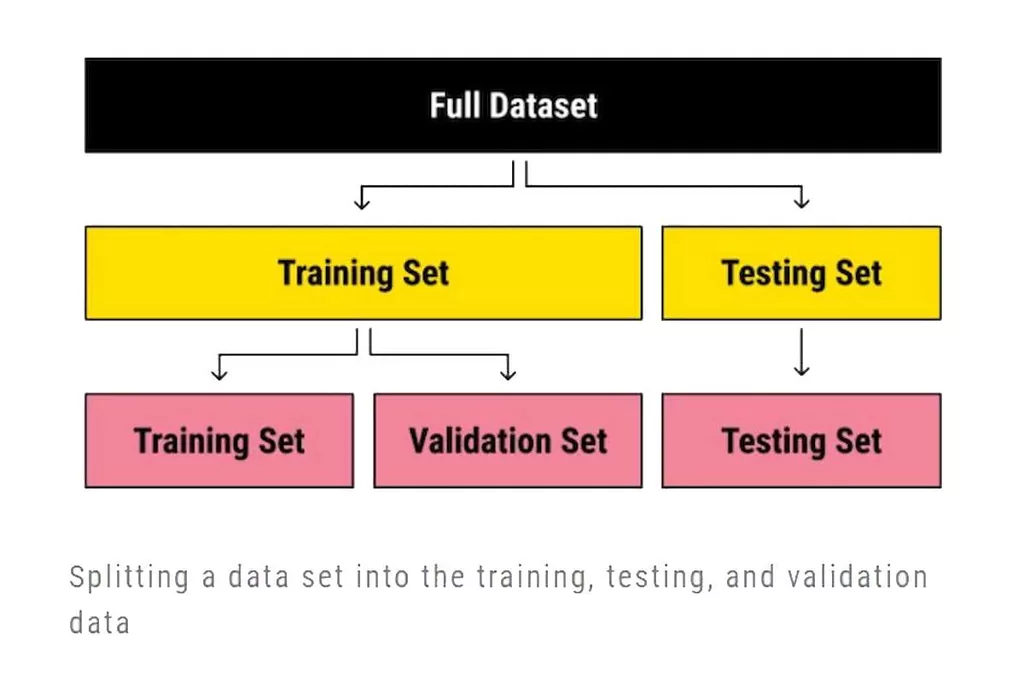Defect Density: A Quality Indicator for Software Products
Multiple systems of more than 1000 small robots have been demonstrated, and processes for testing, microassembly, and joining have been developed. This chapter discusses challenges and opportunities in the exciting new field of microrobotic additive manufacturing. Defect density can be a useful metric for evaluating the overall quality of a product, as it allows organizations to quantify the number of defects that are discovered during the testing process. Higher defect densities may indicate that a product has more issues or bugs, while lower defect densities may indicate that a product is of higher quality. Defect density is a measure of the number of defects or issues that are discovered during the testing process, relative to the size of the product being tested. Defect density is often expressed as the number of defects per thousand lines of code (KLOC) or per thousand function points (KFP).

A low defect density does not necessarily mean a high-quality product, if the defects are critical and affect the functionality or usability of the software. Similarly, a high defect density does not necessarily mean a low-quality product, if the defects are minor and do not affect the performance or user satisfaction what is defect density of the software. Defect density and defect severity are complementary metrics that can provide different insights into the quality of the software product or component. Defect density can indicate the frequency or density of defects, while defect severity can indicate the impact or importance of defects.
What is defect density?
One flaw per 1000 lines (LOC) is deemed acceptable, according to best practices. Function Points are used to measure the size of software or code (FP). Defect Density is the number of defects confirmed in software/module during a specific period of operation or development divided by the size of the software/module. It enables one to decide if a piece of software is ready to be released. Even it helps in predicting the amount of testing that will be sufficient and defect corrections that may be required in future software developments. This number means that if the same developers write another 50 thousand lines of code (50 KLOC) of the same complexity, that code will most likely have 30 bugs (50 x 0.6).
- Defect density can help you identify the areas of your code that need more attention and testing.
- If the number of defects found is significantly less than expected, it probably means the testing has not been thorough.
- As the complexity of code increases, the defect rate could increase significantly.
- 1, the calculated densities are in close agreement with the experimental results.
- It is a metric that maps the defects in the software with the volume of the lines written to build the software.
Defect density is a common metric used in Quality Assurance (QA) to measure the number of defects found in a software product or component per unit of size, such as lines of code, function points, or user stories. It can help you assess the quality of your software, identify problem areas, and prioritize testing and improvement efforts. In this article, you will learn how to use defect density to improve your QA process and outcomes. Defect density is a common metric used to measure the quality of software products.
Test Cost-Effectiveness and Defect Density: A Case Study on the Android Platform
This process doesn’t consider the specification-based techniques that follow use cases and documents. Instead, in this strategy, testers prepare their test cases based on the defects. Defect density is considered an industry standard for software and its component development. It comprises a development process to calculate the number of defects allowing developers to determine the weak areas that require robust testing. In addition to the polarity effect of the ESD stress test, the ESD robustness of an LED is also related to its physical device design.

Considerable efforts have been made to relieve substrate-dependent growth issues resulting in a variety of LED epitaxial configurations. When you encounter a critical issue in a beta test, things can get out of hand quickly. Your testers are demanding results, your developers are demanding data, and your marketing people are demanding reassurance. What you need is a reliable series of steps to help you maintain control of your beta and reduce the heat you’re feeling.
What are the benefits and limitations of defect density?
The current conduction in most LED devices assumes a horizontal structure, as most of the LEDs are built on nonconducting sapphire substrates with poor thermal conductivity. 13.5, the anode (the p-type contact) and the cathode (the n-type contact) are located on the left and right in the graph, respectively. These electrodes are placed on the same side (top side) of a sapphire substrate. When an LED is subject to an ESD stress, the current crowding effect will lead to a mix of thermal, potential difference, and light emission phenomena.

Do you recall a time when addressing a defect led to a significant product improvement? How do you, as a leader, ensure the balance between rapid delivery and quality? As Agile leaders, our role is to listen to these stories, decipher their implications, and guide our teams toward a future with fewer defects and higher customer satisfaction. Above all, the efficiency and performance of the software remain the biggest factor that affects the defect density process. According to best practices, one defect per 1000 lines (LOC) is considered good.
How to improve defect density and severity
While layoffs or budget freezes can leave you with fewer resources, customers expect that their money gets them a quality product, especially in a downturn. Sometimes, the numbers may not show the correct picture, so remember to use them in context. Suppose you have 1,000 defective units and made 50,000 units in total. If you multiply this by 100%, you get your defect density as a percentage, which will be 2%. The defect density of software is estimated by dividing the sum of flaws by the size of the software.

The doping efficiency can be influenced by the position of the Fermi energy. Energy levels of dopant and defect states in the band gap, showing the formation energy gained by introducing both states together, which allows charge transfer from the donor to the defect. A developer with a lower defect density is better than one with a higher number. Publishing these numbers can create a competitive environment and also useful at the time of salary appraisal.
How can you use defect density to improve Quality Assurance?
4 show that most of the donor electrons occupy the defects and a smaller number are in the band tails (the data for p-type doping is similar). The resulting doping efficiency is small, varying with doping level from about 0.1 at low doping levels to ∼10−3 at high levels. Thus, most impurities are inactive, and are in bonding configurations that do not dope. It is also apparent that most of the active dopants are compensated by defect states. The relation between pulling rate and the temperature of precipitate formation (a), the average precipitate diameter (b) and their density (c).
Finally, the experimental results are in agreement with the model of extrinsic defects for the gate oxide and contradict the models claiming intrinsic weakness of SiO2 grown on SiC. Defect density can help QA engineers to identify the areas of the software that need more attention, testing, or improvement. It can also help to compare the quality of different software versions, releases, or modules. By tracking defect density over time, QA engineers can monitor the progress and effectiveness of their testing activities and defect resolution processes.
How do you measure software defect density and severity?
Defect density can also help to communicate the quality status of the software to other stakeholders, such as developers, managers, or customers. To use defect density to improve your QA, you need to collect, analyze, and act on the data. Start by defining your defect density goals and criteria, such as industry averages, best practices, or your own historical data. Then, collect defect data from testing and reporting tools like bug tracking software or test management software. Calculate defect density for your software product or component with formulas, charts, or dashboards.